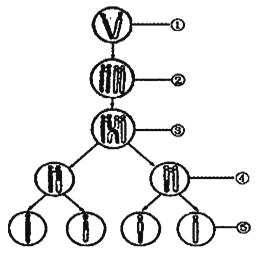Humans are social animals. They live in groups all over the world. As these groups of people live apart from other groups, over the years and centuries they develop their own habits and ideas, which form different cultures. One important particular side of every culture is how its people deal with time.
Time is not very important in non-industrial societies. The Nuer people of East Africa, for example, do not even have a word TIME that is in agreement with the abstract thing we call time. The daily lives of the people of such non-industrial societies are likely to be patterned around their physical needs and natural events rather than around a time schedule based on the clock. They cook and eat when they are hungry and sleep when the sun goes down. They plant crops during the growing seasons and harvest them when the crops are ripe. They measure time not by a clock or calendar, but by saying that an event takes place before or after some other events. Frequently such a society measures days in terms of "sleeps" or longer periods in terms of "moons". Some cultures, such as ,the Eskimos of Greenland measure seasons according to the migration of certain animals.
Some cultures which do not have a written language or keep written records have developed interesting ways of "telling time". For example, when several Australian aborigines want to plan an event for a future time, one of them places a stone on a cliff or in a tree. Each day the angle of the sun changes slightly. In a few days, the rays of the sun strike the stone in a certain way. When this happens, the people see that the agreed-upon time has arrived and the event can take place.
In contrast, exactly correct measurement of time is very important in modern, industrialized societies. This is because industrialized societies require the helpful efforts of many people in order to work. For a factory to work efficiently(well, quickly and without waste), for example, all of the workers must work at the same time. Therefore, they must know what time to start work in the morning and what time they may go home in the afternoon. Passengers must know the exact time that an airplane will arrive or depart. Students and teachers need to know when a class starts and ends. Stores must open on time in order to serve their customers. Complicated societies need clocks and calendars. Thus, we can see that if each person worked according to his or her own schedule, a complicated society could hardly work at all.
Time is not very important in non-industrial societies. This is because people in those societies ().
A. don’t have the word "time" in their languages
B. don’t get used to using clocks and other timepieces
C. don’t measure time in their daily-lives around an exact time schedule
D. don’t need to plan their daily lives around an exact time schedule

